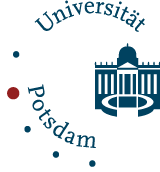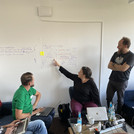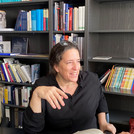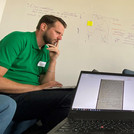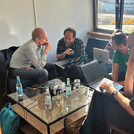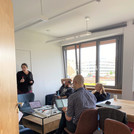A Jewish Republic of Letters
What is the project about?
Trying to push correspondence projects over several obstacles and missing links in a pipeline to create a “republic of letters” project
Who leads the project?
Sinai Rusinek - Haifa University & the Open University of Israel
Who is part of the team?
Thomas Kollatz - Digital Academie at the Akademie der Wissenschaften und Literatur, Mainz
Sebastian Göttel - Berlin-Brandenburgische Akademie der Wissenschaften
Dror Guldin
Avigail Friedland - University of Amsterdam
Gil Shalit - DH Development
Aenne Knierim- Universität Regensburg
Ben Kiessling - École Pratique des Hautes Études (EPHE) part of PSL-University, Paris
What is the practical use of your research tool for jewish studies? / What can researchers of jewish studies learn/achieve from your project:
Various visualization solutions can shed light on the study of correspondence corpora. Whether for distant reading, social network analysis, spatial understanding or contextual linked reading. Give several useful environments for document management, OCR, annotation and presentation, we are trying to map and explore visualization solutions for correspondence metadata.
Which technical methods and tools are used for developing your project and what tools and/or methods do you use for reaching your goal?
We are exploring Gephy oxford plugin and building a colab notebook to streamline the process. Also exploring, Qumu, Palladio app and various map based configurable visualizations.
How have you approached the project so far?
Different subteams working on different tools from different starting points.
What can you learn from this project for your own personal research interests?
At the Jecke project we are about to launch a ‘Jecke Republic of letters’ project so this is a useful exploratory exercise. The datasets we are working on are Sebastian’s correspond of Daniel Sanders and Thomas’ Buber correspondences, so their projects will gain a POC for further implementation.
What do you expect to achieve in the Hackathon?
At the minimum, to learn and create a guideline to different required steps. More optimistically, a colab notebook that will get as close as possible to an end to end process of xml file-to-visualization scenarios.
